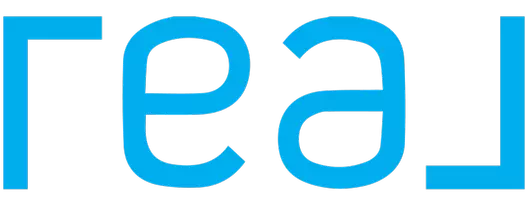VA Renovation Loans: A Path to Your Dream Home

VA Renovation Loans: A Path to Your Dream Home
When it comes to buying a home, many veterans and service members find themselves considering options beyond move-in ready properties. One attractive alternative is purchasing a fixer-upper and transforming it into a dream home with the help of a VA renovation loan. This type of loan combines the purchase price and renovation costs into a single, manageable loan, making it easier for veterans to finance their home improvements. In this blog post, we'll explore the ins and outs of VA renovation loans, who qualifies, and the benefits and drawbacks of this financing option.
What is a VA Renovation Loan?
A VA renovation loan, also known as a VA rehab or reno loan, allows eligible veterans and service members to include the cost of repairs or improvements in their mortgage. This means you can buy a home that needs work and finance the necessary upgrades without needing a separate loan. The funds for the purchase price and renovations are rolled into one loan, resulting in a single monthly payment. These loans can also be used to refinance your existing home loan to cover renovation costs.
How is it Different from a Standard VA Loan?
VA renovation loans are similar to standard VA loans in many ways. They both allow eligible borrowers to purchase a home with 0% down and benefit from low interest rates. However, there are some key differences:
- Additional Approval Steps: Because you're borrowing extra funds for renovations, you'll need to get quotes from VA-registered contractors and have a VA appraiser determine the property's value after improvements.
- Allowed Improvements: The loan can only be used for repairs or upgrades that enhance the safety or livability of the home, not luxury upgrades.
Who Qualifies for a VA Renovation Loan?
To qualify for a VA renovation loan, you must first be eligible for a standard VA loan. This means you need a Certificate of Eligibility (COE), which certifies that you meet the minimum service requirements:
- Veterans or Active Duty Service Members: Must have served 90 consecutive days of active service during wartime or 181 days during peacetime.
- National Guard or Reserve Members: Must have six years of service.
- Surviving Spouses: Qualifying surviving spouses are also eligible.
In addition to meeting these service requirements, you'll need to meet your lender's credit standards, typically requiring a credit score of at least 620, and demonstrate a reliable source of income.
Eligible Improvements and Limitations
VA renovation loans can only be used for repairs or upgrades that improve the property's safety or livability. Examples of allowed improvements include:
- Repairing or replacing heating and cooling systems
- Fixing walkways
- Making the home accessible for those with disabilities
- Replacing old appliances
- General safety or habitability improvements
Luxury upgrades, such as installing a pool, are not permitted. Additionally, major structural changes to the home, such as foundation repairs or rebuilding parts of the home, are not allowed. All work must be completed within 120 days of closing by a VA-approved contractor.
Pros and Cons of VA Renovation Loans
Pros:
- 100% Financing of As-Completed Value: Loans are based on the estimated value of the home after improvements.
- More Home Options: Enables the purchase of fixer-uppers within your budget.
- Affordable Financing: Comes with the benefits of standard VA loans, including low rates, no down payment, and no mortgage insurance.
Cons:
- Hard to Find Lenders: Not all lenders offer VA renovation loans.
- Repair Limits: The maximum loan amount for repairs is often capped, typically at $50,000.
- Strict Improvement Guidelines: Only safety and livability improvements are allowed, and major structural changes are prohibited.
- Approval Complexity: Requires detailed contractor quotes and VA appraisals to estimate the as-completed value.
Alternatives to VA Renovation Loans
If a VA renovation loan doesn't fit your needs, consider these alternatives:
- VA Cash-Out Refinance Loan: Tap into your home's equity for renovation funds.
- VA Energy Efficient Mortgage: Finance energy-efficient upgrades.
- FHA 203(k) Loan: Similar to a VA renovation loan but backed by the Federal Housing Administration.
- Fannie Mae HomeStyle® Renovation Mortgage: A conventional loan for renovations, with down payments as low as 3%.
- Home Equity Loan or HELOC: Borrow against your home's equity.
- Personal Loan: Unsecured loans that can be used for any home improvement projects.
Conclusion
VA renovation loans offer a valuable opportunity for veterans and service members to purchase and renovate homes, combining the purchase price and improvement costs into a single loan. While they come with several benefits, including 0% down and low interest rates, they also have limitations and can be challenging to secure. Exploring alternative financing options might be necessary if a VA renovation loan isn’t the best fit for your situation.
Ready to learn more about VA loans? Click the link below to access our comprehensive VA loan guide.
If you're a lender offering VA construction loans, please contact us! – we’d love to connect!
Categories
Recent Posts
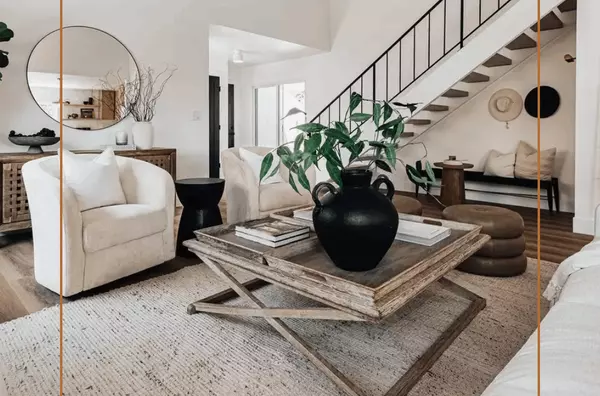
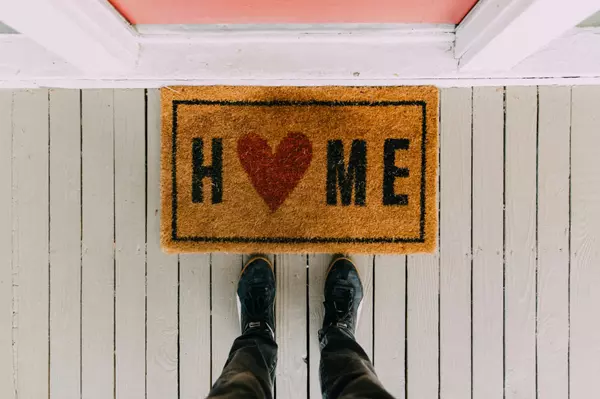
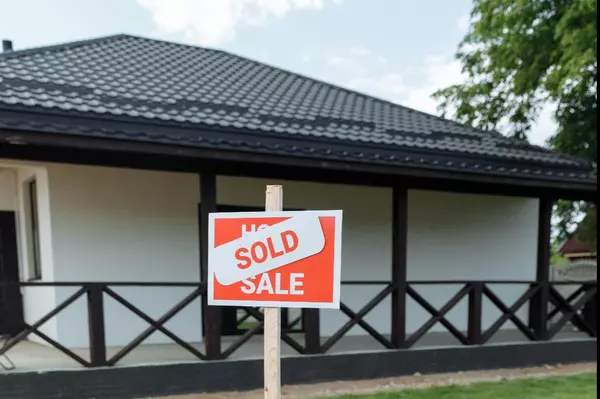
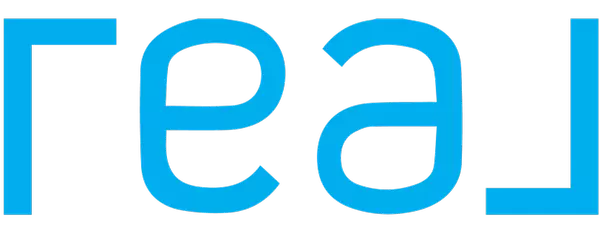





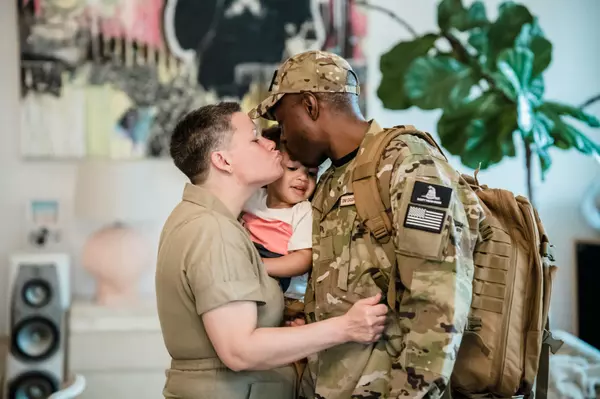

"My job is to find and attract mastery-based agents to the office, protect the culture, and make sure everyone is happy! "
